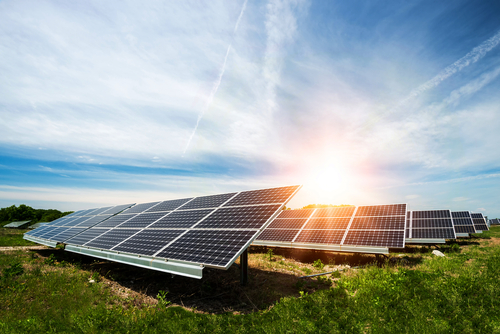Solar Rebates in Strata
Have you ever considered if solar is viable for your strata property but don’t know where to start the assessment? In this article, we look into government rebates and how they can be applied to strata.
There is still substantial support available for property owners looking to reduce electricity costs with the use of solar with numerous schemes in operation throughout QLD. The two major schemes for strata properties to consider at this time are:
1. The Renewable Energy Target or RET in the form of Solar Trading Certificates.
2. The QLD government Interest free loans and Grants for solar and batteries
RET in the form of STC’s.
This government incentive is a point of sale discount for anyone installing a solar system including bodies corporate, individuals and businesses. The amount of discount you receive is determined by the size of the solar system to be installed.
The below table is an indication of the available support from the STCs. As a rule of thumb, townhouses or single use dwellings would generally be adequately serviced by a 5 to 10kw systems while high rise and commercial properties require 30kw systems and upwards.
This government point of sale discounts is based on the installed solar capacity. There is no limitation to how many people can apply and how many systems you can install. The scheme runs out in 2030 and is available across Australia for any solar system installed by an accredited provider.
Further details on the scheme can be found here.
The QLD government Interest free loans and Grants for solar and batteries
The QLD government is actively assisting QLD residents to install solar and batteries. This scheme is available to 1500 applicants in its current format with the issue of up to $13,000 in grants and interest free loans. These grants and loans can be in addition to the STC’s point of sale discount, for any eligible system. For example if you had 5 systems then you could have 5 grants, 5 loans and 5 STC’s point of sale discounts.
Further details on the loans and Grants can be found here.
The STC’s scheme will be around until 2030 however the current QLD government grants and interest free loans have a limited number of approvals available for this first stage.
The governments current push for more support for renewable energy options is based on new data demonstrating that renewable energy is more cost effective than coal and other carbon rich sources of energy. The short-term issue is the transition phase to bring Australians across to these new technologies in an affordable way. Both of these programs can provide short and long-term returns by delivery of cheaper, carbon friendly energy.
This article was contributed by Kon Flaherty, Chief Energy Officer – Green Energy Technology.



Leave a Reply
I am not sure whether my idea is new or not. Would it be possible to purchase solar energy panels and have them installed offsite as most high rise apartments have no space. With today’s technology electricity is not lost over distance. The sites currently in use could then be expanded but paid for by the owners in the body corporate. As in our case we have adjoining buildings with two hundred owners so it would make sense to band together like minded owners.
Just a thought.
Stephen.
In response to your suggestion we offer the following comments.
There are several complex issues that would affect the implementation of this suggestion.
Solar installations work either as embedded generation (i.e. on your roof) or as a large scale solar farm. The solar farm would typically enter into Power Purchase Agreements with one or more retailers for their output.
Under the proposed scenario, your building (or group of buildings) would have to sign an electricity sale agreement with a retailer for 100% of your load. The retailer would purchase the energy from the solar farm as part of their total energy purchase requirements for your building (or group). This would also include the power required outside of sunlight hours.
The retailer would then need to bundle the solar together with other generation sources to be able to supply your total power requirements. It is unlikely that the retailer would/or could be able to match and then offset the solar power generated against a specific building’s requirements.
This might provide you with some satisfaction of purchasing additional energy from renewable sources (as you are already supporting renewable energy through the LRET and SRES charges on your electricity accounts).
In future such an arrangement may be possible, subject to the development of sophisticated metering and billing software by the retailers.